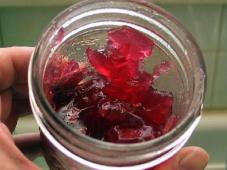
Time
60 min
Serving
20 persons
Calories
0
This grape jelly is easy to cook and you will surely be surprised with the amount of ingredients it involves! Just have a look at how tempting it is and hurry to learn the recipe! Your loved ones will appreciate your effort!
Ingredients
- grapes: 1 kg
- sugar: 6 cup
- pectin: 10 g
Metric Conversion
Stages of cooking
-
Gather the grapes, wash them and dry well before cooking the jelly.

-
Put the grapes into a deep pot, add water, mash and start cooking on medium fire.
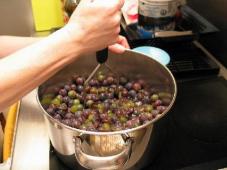
-
Simmer for about 15 minutes and turn off the fire. Wait until the grapes cool down.
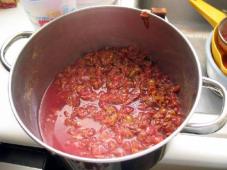
-
Now, strain the grapes to get the juice.
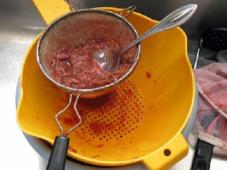
-
Leave overnight and strain the tartarate crystals, which may spoil the jelly.
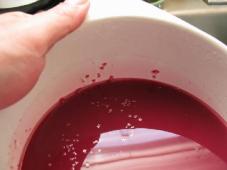
-
Boil the glass jars and the lids to make them sterile.
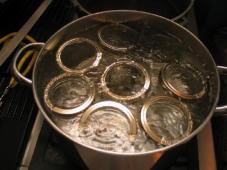
-
Add pectin and sugar to the grape juice. Then boil the mixture on small fire for several minutes, stirring it carefully.
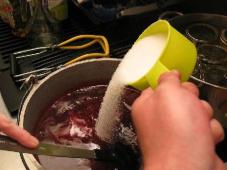
-
Fill the glass jars with the grape juice and place them into the boiling water for about 5 minutes.
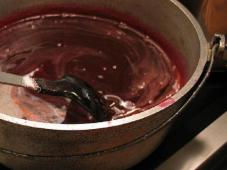
-
Cool the jars and place them into the fridge.
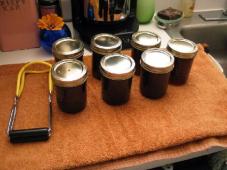
-
As soon as they cool down, the juice will turn into jelly. This is how it will eventually look like! Enjoy!
